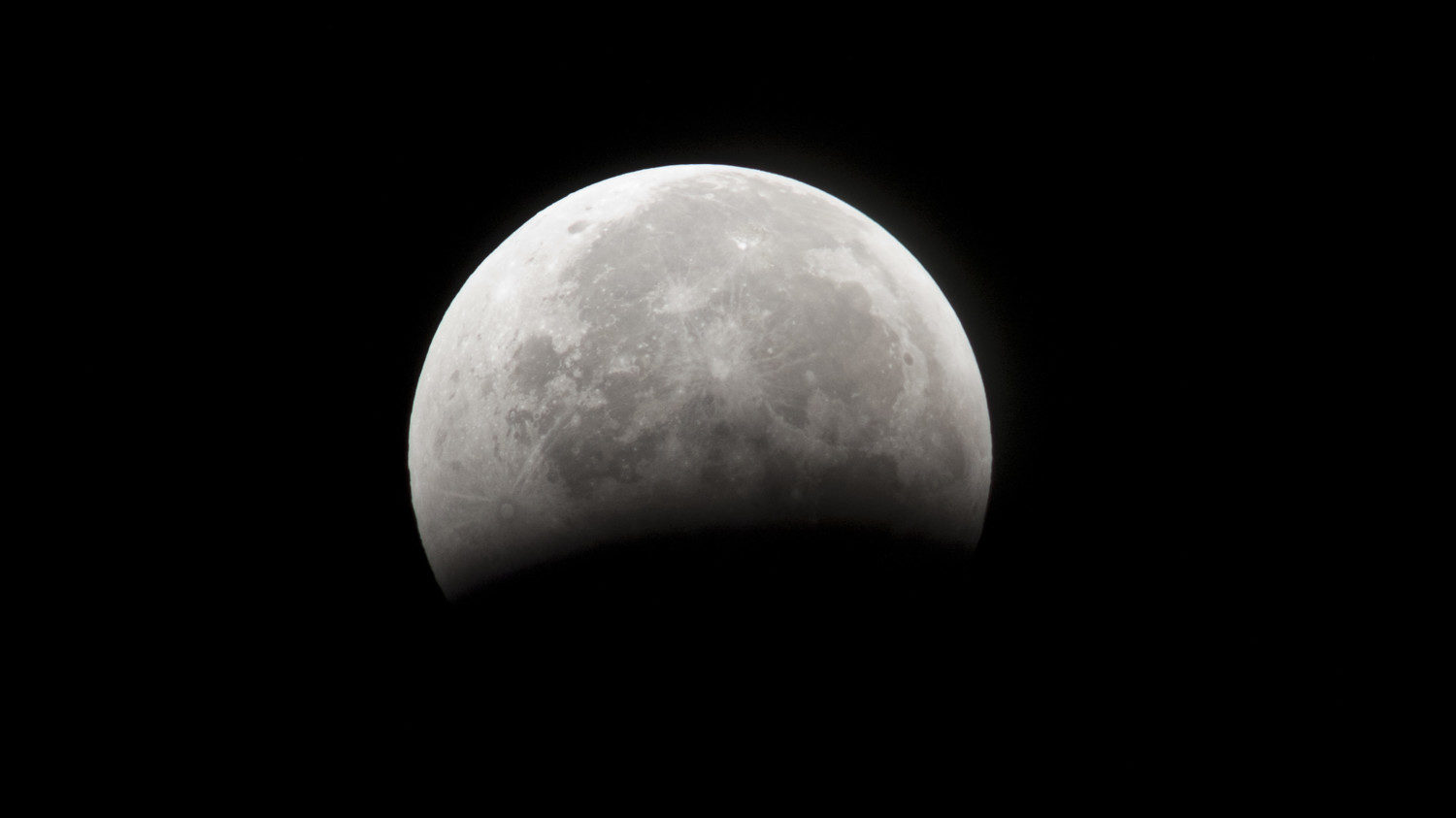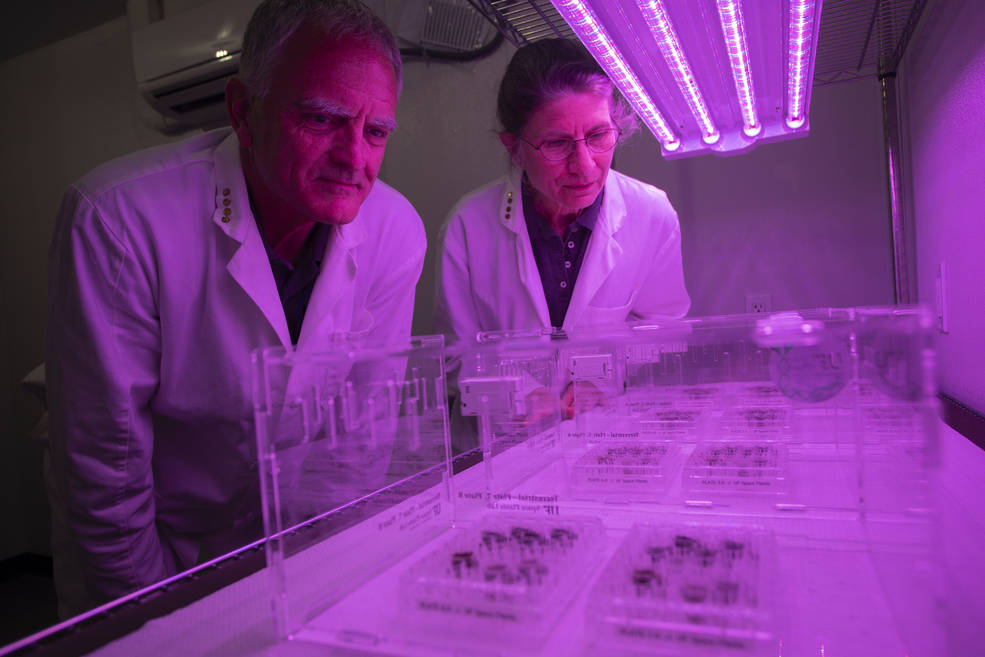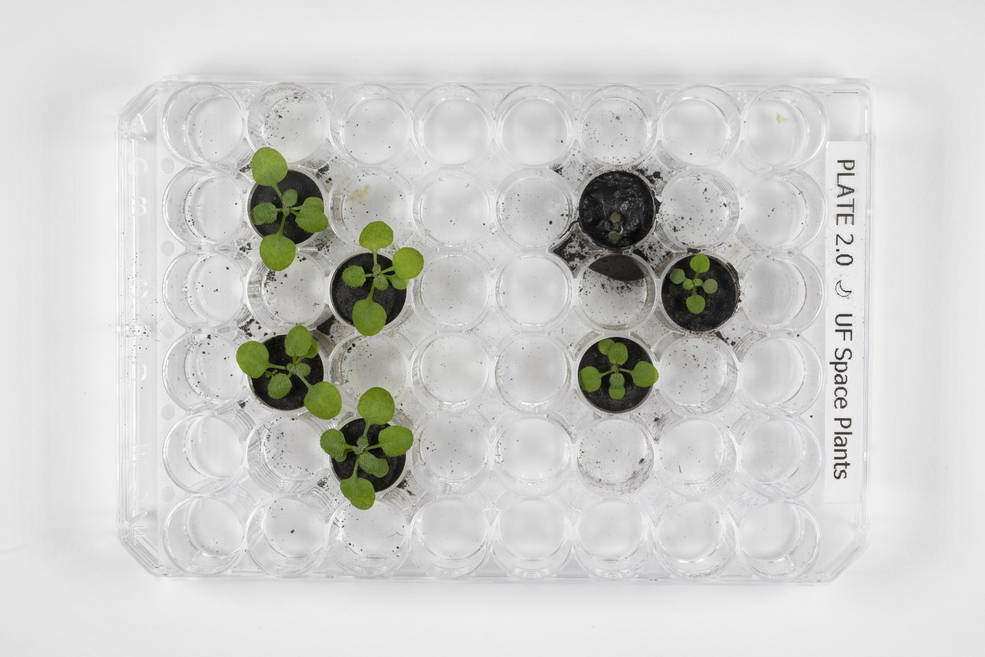For the first time ever, scientists have successfully grown plants using soil from the moon.
The experiment is more than 50 years in the making, as the soil was taken by Apollo 11′s Neil Armstrong, Buzz Aldrin and the other astronauts on that legendary crew, during the first moon landing in 1969. While they had no idea at the time if it would actually work, all of the seeds planted in the soil have sprouted. The breakthrough discovery was made by scientists at the University of Florida.
“Here we are, 50 years later, completing experiments that were started back in the Apollo labs,” Robert Ferl, a professor in the Horticultural Sciences department at UF, Gainesville, said in a NASA press release. “We first asked the question of whether plants can grow in regolith. And second, how might that one day help humans have an extended stay on the moon.”

While NASA says the plants are “not as robust as plants grown in Earth soil,” they did grow and are the first step in answering the question of whether future astronauts could one day grow nutrient-rich plants on the moon that would thrive in deep space.
“This research is critical to NASA’s long-term human exploration goals as we’ll need to use resources found on the moon and Mars to develop food sources for future astronauts living and operating in deep space,” NASA Administrator Bill Nelson said in a NASA press release. “This fundamental plant growth research is also a key example of how NASA is working to unlock agricultural innovations that could help us understand how plants might overcome stressful conditions in food-scarce areas here on Earth.”

Scientists grew arabidopsis thaliana, a plant that is native to Eurasia and Africa and is a relative of mustard greens and other cruciferous vegetables like broccoli, cauliflower and Brussels sprouts. Because it is small and easy to grow, it is one of the most studied plants in the world, meaning scientists already know what its genes look like and how it behaves in different circumstances. And now, they even know how it grows in lunar soil.
Along with samples from Apollo 11, the team also used samples collected from astronauts aboard the Apollo 12 and 17 missions. With just one gram of moon soil (technically called “regolith”), they added water and then seeds to the samples, putting them into terrarium boxes and then adding a nutrient solution every day.
The seeds began to sprout in two days and after 20 days, the team harvested the plants, ground them up and studied the RNA, which showed that the plants were under stress. It also revealed that the plants reacted the way researchers have seen arabidopsis respond in other harsh environments, like when soil has too much salt or heavy metals.
The entire study detailing the experiment was published in the journal Communications Biology. You can read the full study yourself, which is published online.

In other space news, astronomers have captured the first image of the black hole at the center of our galaxy. The black hole, known as Sagittarius A*, or Sgr A* for short (pronounced “Sag A-star”), is at the center of the Milky Way and about 26,000 light-years from Earth.
Researchers will now compare the Milky Way black hole with another one in a galaxy 55 million light-years away to test theories and models.
This story originally appeared on Simplemost. Checkout Simplemost for additional stories.


